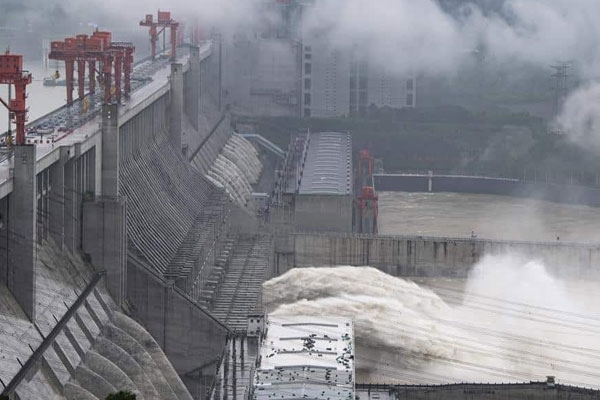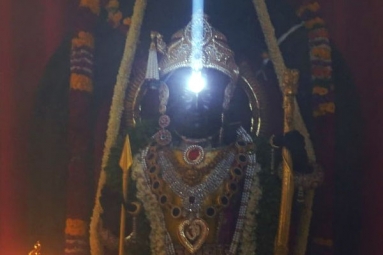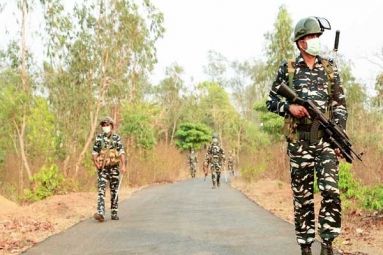
(Image source from: hindustantimes.com)
Close to the Line of Actual Control (LAC) in Tibet, China is expected to build a “super” dam on the lower reaches of the Yarlung Zangbo river.
As per a state media report, this could have a far-reaching impact on northeast India’s water security.
As per the state media report, this dam could come up in the Medog county of TAR, which is close to Arunachal Pradesh.
The the trans-border Yarlung Zangbo flows into Arunachal Pradesh and it is called Siang. Further, it would move to Assam as Brahmaputra before flowing into Bangladesh.
This dam is capable of generating hydropower and this could be three times that of central China’s Three Gorges Dam, which has the largest installed hydropower capacity in the world.
Considering China’s National Security, this new dam will be built.
On October 16, after signing a strategic cooperation agreement covering the 14th Five-Year Plan with the TAR Government, the initial work on the dam began with Powerchina.
Last week, this news regarding the new dam was published on an official social media platform of the ruling Communist Party of China’s (CPC) Youth League.
“China will build a hydropower project on the Yarlung Zangbo River, one of the major waters in Asia that also passes through India and Bangladesh,” the state-run tabloid Global Times said in a report on Sunday evening.
This 60 million kWh hydropower exploitation at the downstream of the Yarlung Zangbo river could provide 300 billion kWh of clean, renewable and zero-carbon electricity annually.
In terms of international transpoundary rivers, experts say that this is China’s strategic advantage over India.
According to Yan, the “The project will play a significant role in realising China’s goal of reaching a carbon emissions peak before 2030 and carbon neutrality in 2060,” Yan said.
“China has claimed express ownership over Tibet’s waters, making it an upstream controller of seven of South Asia’s mightiest rivers – the Indus, Ganges, Brahmaputra, Irrawaddy, Salween, Yangtze, and Mekong. These rivers flow into Pakistan, India, Bangladesh, Myanmar, Laos and Vietnam, and form the largest river run-off from any single location…Nearly half that water, 48%, runs directly into India,” a Lowy Institute report said in July this year in the backdrop of the ongoing India-China border friction in eastern Ladakh.
As per the agreement, China needs to provide hydrological data in flood season from May 15 to October 15 every year.
Besides, the Chinese have to provide hydrological data if water level exceeds mutually agreed level during non-flood season.
Data on rivers flowing into North India is usually shared by Beijing.
However, doubts if China could “weaponise” cross-border rivers remains.
By Neha Makhija









